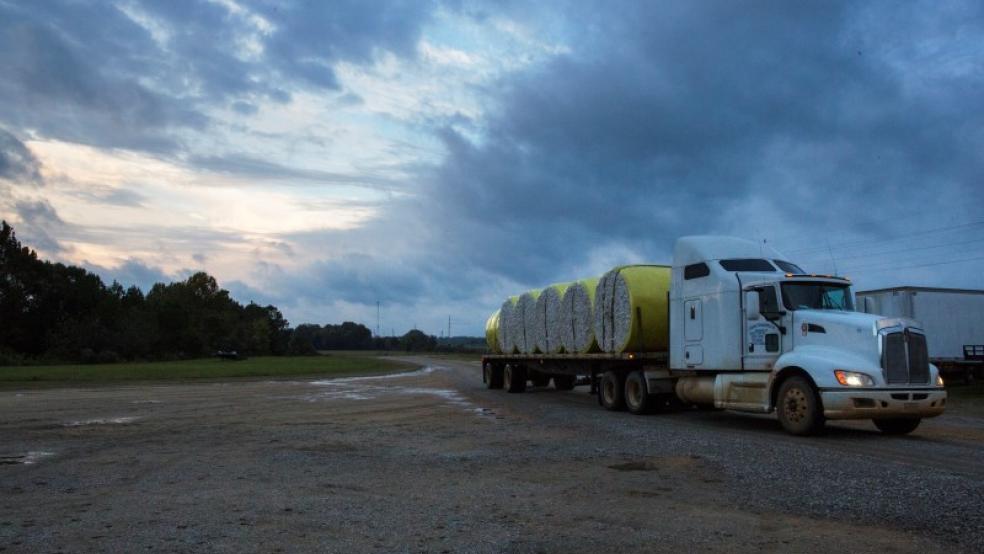CHICAGO (Reuters) - U.S. farm incomes are expected to drop 38 percent in 2015, the steepest year-on-year drop since 1983, due to lower crop and livestock prices, the U.S. Department of Agriculture's Economic Research Service (ERS) said on Tuesday.
Incomes are forecast to drop for a second straight year to $55.9 billion, which if realized would be the lowest level since 2002, signaling further pressure on sellers of agricultural inputs, equipment and land.The updated forecast was down from an August estimate for $58.3 billion and 55 percent below a record $123.3 billion in 2013 when near record-high crop prices boosted farming profits."It is apparent that what is happening in global food prices and the global economy is beginning to filter through into the U.S. farm sector," said ERS Economist Jeffrey Hopkins."Over the past three years we've seen an decrease in the index of food and fiber prices ... Those prices are beginning to impact U.S. farms," he said.Corn futures on the Chicago Board of Trade have fallen by more than half from record highs in 2012 following bumper crops in the United States and South America. Soybean futures hit a 6-1/2-year low on Monday amid ample global supplies.Shares of farm equipment makers such as U.S. market leader Deere & Co have plunged this year in response to declining sales during the farm economy downturn. Seed and agrochemical company Monsanto Co announced in October it was cutting 2,600 jobs and restructuring operations to reduce costs amid slumping commodity markets.Farm income was down mostly due to lower crop and livestock prices, which cut crop receipts at U.S. farms by 8.7 percent to $18.2 billion and livestock receipts by 12 percent to $25.4 billion, the ERS report said.That decrease was only partly offset by a $7.7 billion drop in production expenses, down 2 percent, and a $1 billion increase in government payments to farmers via programs such as crop insurance.The ERS forecast farm debt to increase by 6.8 percent while farm assets such as land and machinery were seen dropping by 2.8 percent, pushing farms' debt-to-asset ratios up for a third straight year. But the measure was still low in historical terms, the agency said."It still appears that the sector is insulated from default risk, which is what the debt-to-asset ratio is measuring," Hopkins said. (Reporting by Karl Plume; Editing by Andrew Hay and Meredith Mazzilli)U.S. farm income to fall 38 percent in 2015 to 13-year low: USDA

© Brian Snyder / Reuters



